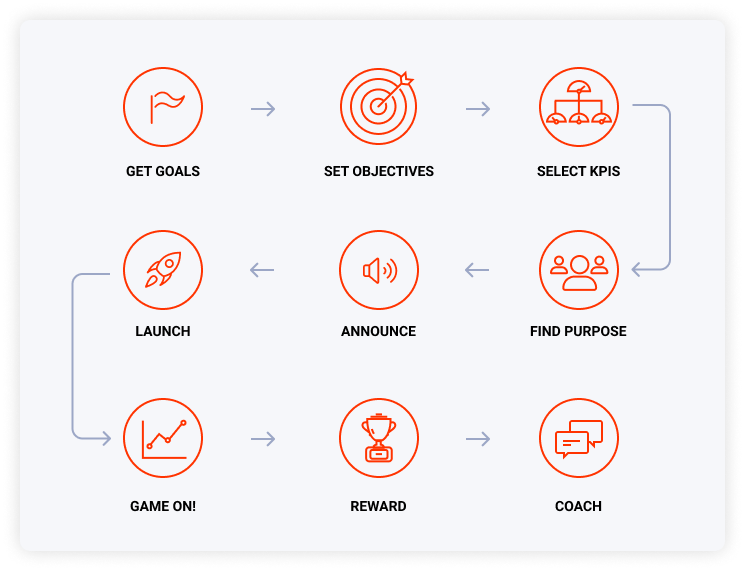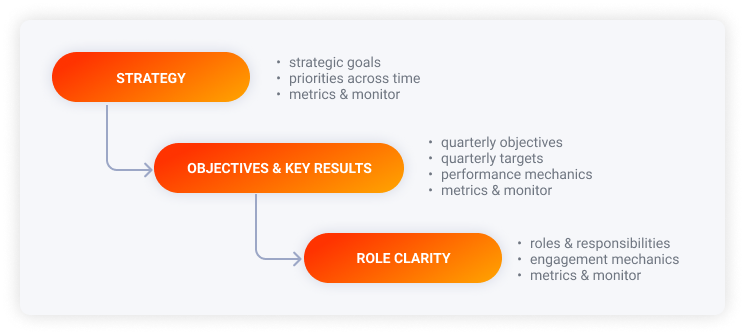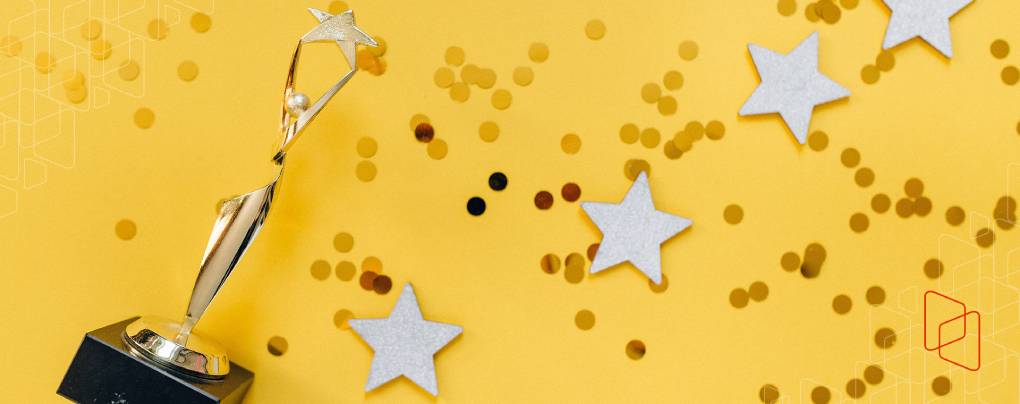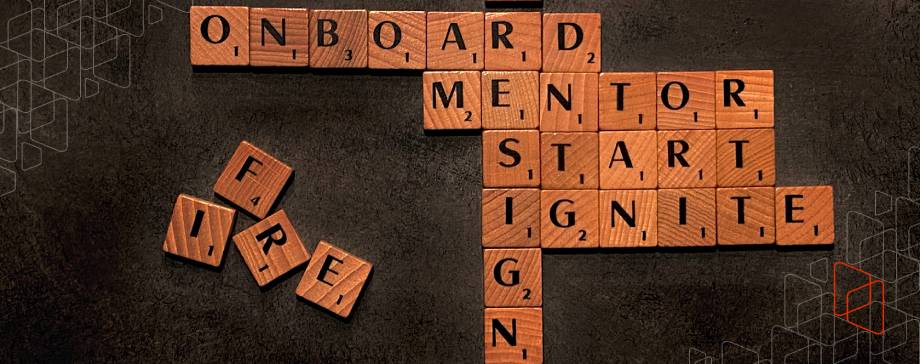Brett Knowles, pm2 Consulting
Brett is a long-time thought leader in the Strategy Execution space for high-tech organizations, beginning in the late 80’s while teaching at Harvard and being involved in the initial Balanced Scorecard research and books. His client work has been published in Harvard Business Review, Forbes, Fortune and countless other business publications.
Pub: August 2 2021
Upd: November 14 2022
Organizations are suffering from ever increasing employee dis-engagement, turnover, lost productivity and customer dis-satisfaction. Research indicates that this engagement issue is costing us over 100% of our base salary cost per year!
Table of Contents:
- Why Gamification Helps with Employee Engagement
- Building a Gamification Solution
- Examples of Gamification in the Workplace
- Using Scorecards to Drive Employee Engagement
Why Gamification Helps with Employee Engagement
We now have enough cases to prove that the easy solution to the situations stated above is the gamification of business.
Gamification is the use of game-like techniques in a non-game context. Organizations create competitions or contests to engage employees in a collaborative way and add scores, levels, or any sort of motivating prize if they’d like. According to a recent TalentLMS survey, 83% of employees that received gamified training feel motivated, and 61% of employees who receive non-gamified training feel bored and unproductive.
Gamification is the fitbit for work! It has been proven to:
- Deliver long-term and sustainable performance improvement.
- Engages top, middle and bottom performers.
- Creates alignment and a connected system from the Boardroom to the front line.
Building a Gamification Solution
All organizations already have the building blocks to easily implement their own employee gamification solution.
The process to implement gamification for employee engagement is easy and can typically be completed for any team in just three or four days.

Let's take a look at each step:

1. Get Goals: Capture existing strategic goals and priorities.
First you grab your top few current strategic goals and priorities. Every organization has them - even if they are not documented; just sit down with Leadership and tease them out of their conversation. By capturing them you can begin to link and align the organization to them - and build the agility to quickly implement changes to these goals and priorities.
 2. Set Objectives: Cascade goals to quarterly business objectives and key results.
2. Set Objectives: Cascade goals to quarterly business objectives and key results.
Now break those goals down to the Objectives that the organization must achieve, quarter by quarter, to achieve those goals and figure out what are the related key results (OKRs). Experts in your organization can easily show you the linkage. By breaking down those big goals into smaller Objectives, the journey to success is do-able and people can see the progress they are making towards them.
 3. Select KPIs: Use existing indicators to measure performance.
3. Select KPIs: Use existing indicators to measure performance.
Each Objective needs to accomplish something - find indicators that would let you know that you are making progress on a weekly basis. Every organization we have dealt with in the last 30 years has far too much data - the trick here is to find the best indicator that you already gather. You can always find better indicators later - but you need to start with something.
 4. Find Purpose: Let people know what they are accountable for.
4. Find Purpose: Let people know what they are accountable for.
The fourth step is linking this to your existing HR systems - your performance management methods. You can start with whatever you currently have… ultimately we need to help teams and individuals understand how the hard work they do links to success. This linkage engages people by explaining their purpose, and linked to training, ensures they build the mastery to do the job well, and informs you of the game mechanics that will drive engagement and performance.
 5. Announce: Create a buzz!
5. Announce: Create a buzz!
Next you need to explain the rules of the game - how teams and people can "win" - but also the power of intrinsic rewards. Slide this story into your next all-hands meeting or newsletter - let people know what is going on. Building culture and changing behavior is difficult, but everyone's thinking is the foundation for what they do, their behavior and the culture. When you explain how this will help their thinking, the rest will fall into place.
 6. Launch: Let the game begin.
6. Launch: Let the game begin.
Time to start the game. Like every game, it will take a few rounds before people get the hang of it. Using easy to implement tools like Hirebook, you can start simple and gradually add new game components as people develop the skills.
 7. Game on!: Continually track performance.
7. Game on!: Continually track performance.
Now comes the fun part - what the score builds over time. Most organizations set a game to be a quarter; think of a three period game (like hockey) and each month is a period. Use your daily/weekly meetings like the chatter on the bench between game shifts. Month end is like the time between periods - step off the ice and meet with your manager to fine-tune techniques for the next period. Repeat.
 8. Reward: Have meaningful performance reviews. Celebrate successes.
8. Reward: Have meaningful performance reviews. Celebrate successes.
Employees get a clear, on-going, view of their performance, maybe earning badges, leveling-up, or even being on leader-boards. ("If you are not keeping score, you are just practicing" - Vince Lombardi) They can enjoy more frequent, less formal, two-way, performance conversations. Leadership can see the invisible - the performance of teams and progress towards strategic goals!
 9. Coach: Throughout the game, learn, adjust, repeat.
9. Coach: Throughout the game, learn, adjust, repeat.
Organizations and individuals learn and improve through risk-free conversations around performance that cross organizational-silos and levels. Your game scoreboard provides that mechanism. And just like after a game, the team can set new priorities, shuffle the players and set new goals for what happened in the last game - and get ready for the next game.
Examples of Gamification in the Workplace
The concept of Gamification is not such a new thing. It’s been used by large companies like Google, when recruiting years ago they used a series of riddles to attract curious and skilled candidates.
Gamification can be used at any moment of an employees corporate life, but it’s mostly used for training purposes since it makes learning way more fun and employees focus on winning the competitions. It’s a way to motivate employees and provide them with a sense of achievement that not just comes from completing their tasks. The rewards from winning could be symbolic, like a badge, or actual prizes, like an early clock-out or a gift card.
Some other examples could include:
- Positive Feedback on the Spot: Random rewards are great for employee engagement since they add the element of spontaneity. This way it is more likely for other employees to learn and copy positive behaviors.
- Game-based Learning: Gamification turns learning and training into something fun and interactive. If you add some points-based quizzes you will not only improve employee engagement but your employees’ development.
- Social Recognition: Social media is a part of our lives, in and outside of the workplace. Use them to your advantage not just for growing your business but to publicly congratulate someone when they knock it out of the park.
Using Scorecards to Drive Employee Engagement
The Need
Organizations with engaged employees outperform those without by over 200%(1). They enjoy a 50% higher shareholder return(2), 18% higher employee productivity(3), 60% higher quality(3) and have 48% fewer safety incidents(4).
It turns out that 71% of employees are not fully engaged(5). According to Gallup, the cost of disengaged employees in the USA ranges from an estimated $450 to $550 billion annually nationwide, or between 100% and 300% of an organization’s base salary(6).
The Idea
Building employee engagement is possible, and we’re here to help you!
Employees are engaged and motivated by understanding their purpose, mastering the skills needed to succeed, having the autonomy to get their work done(7), seeing the progress they have made, and having social interaction. We can build a “process'' to enable these by combining elements from your existing strategy, measurement, performance management, and score-keeping systems. Combine them with best-practices around engagement, like game mechanics. We call these “Achievement Solutions”.

Proof That This Works…
Hundreds of organizations have taken this proactive approach to building engagement and have achieved productivity and performance gains. Over the last couple of years, the benefits have been written up in Forbes, Fortune and Harvard Business review magazines and newspapers like The New York Times. These articles cite cases covering organizations of every size and from many sectors.
References
Notes:
1. Source: Dale Carnegie,2. Source: Aon Hewitt
3. Source: Insync Surveys
4. Source: Gallup
5. Source: Bureau of National Affairs.
6. Source: The High Cost of Unhappy Employees
7. Source: Drive: The Surprising Truth About What Motivates Us, Daniel H. Pink
Photo credit - rawpixel.com
- Relevant
- Recent
- Topics
- Archive
- April 2023 (1)
- March 2023 (1)
- June 2022 (1)
- May 2022 (3)
- April 2022 (3)
- March 2022 (5)
- February 2022 (2)
- January 2022 (3)
- December 2021 (3)
- November 2021 (4)
- October 2021 (5)
- September 2021 (8)
- August 2021 (7)
- July 2021 (2)
- June 2021 (3)
- May 2021 (5)
- April 2021 (8)
- March 2021 (4)
- February 2021 (3)
- January 2021 (3)
- December 2020 (6)
- November 2020 (9)
- October 2020 (1)
- September 2020 (5)
- August 2020 (4)
- July 2020 (1)
Discover More Hirebook Posts









